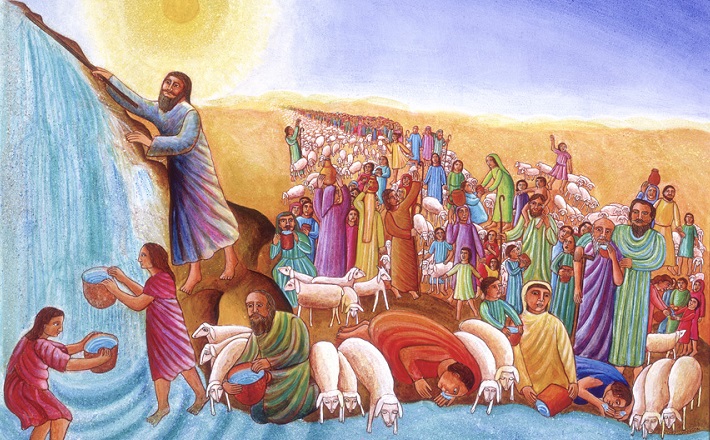Commentary on Hebrews 9:1-14
[This is Week 4 of a 5-week preaching series on Hebrews.]
[This is Week 4 of a 5-week preaching series on Hebrews.]
[This is Week 4 of a 5-week preaching series on Hebrews.]
Week 4 (Aug. 4, 2019)
Preaching text: Hebrews 9:1-14; accompanying text Matthew 12:1-6
This is a passage where thinking visually is essential. The writer describes the sanctuary of ancient Israel with its outer court, the curtain that marked its limit, and the place of God’s presence beyond it. Here Jesus is characterized by movement from the outer court to the inner one. The point is to open the way into the presence of God. As you preach, you might move from place to place in your own sanctuary, starting near the door and ending up at the altar. That can help others receive the text with their eyes as well as their ears.
The crux is the notion of a physical barrier that reflects a relational barrier. In human experience a graphic example is an argument in which someone walks out and closes the door. The question is how the relationship can continue when the door is closed. To bring change, a mediator might be needed. One might ask a friend to seek access through the closed door in order to speak with the other person, to open up possibilities for relationship.
That notion of opening the door is vividly depicted here in a surprising way. It is God who wants the door to be opened to us. It is God who sends Christ as the mediator, who conveys the divine love that overcomes the barrier. His death and resurrection open the way to renewed relationship with God. This is about God’s action to restore relationships, which human sins have closed off. The imagery of the sanctuary and liturgical movement in the text demonstrates God’s action in transforming relationships.


August 4, 2019